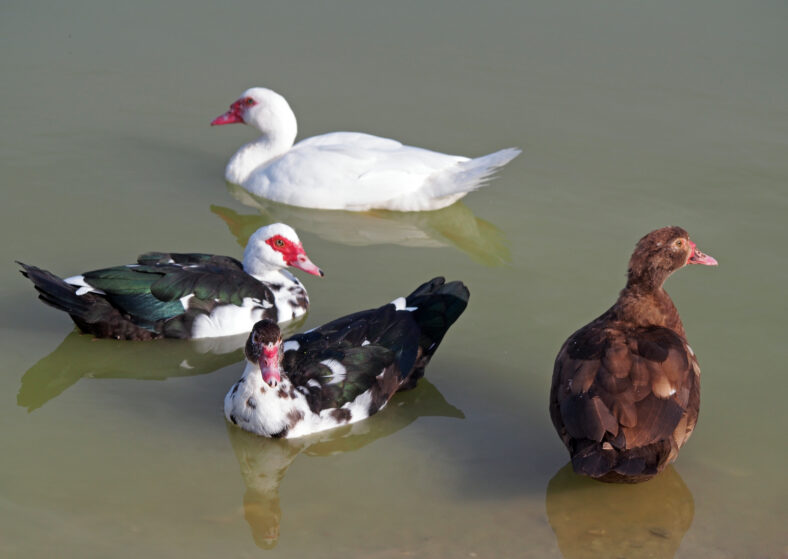Over 1,000 Years Ago, The Ancient Amazons Fed Ducks

Over 1,000 years ago, people living in the Bolivian Amazon during precolonial times fed ducks, according to a new analysis of ancient human and animal remains. The research also suggests that these people depended on maize agriculture.
In the past, the Amazon Basin was viewed as unsuitable for food production and large human populations in ancient times.
However, recent studies have found evidence of the existence of urban societies and the domestication and management of several species of plants, including squash, sweet potatoes, yams, cassava, and maize.
The Basin area takes up about 2.7 million square miles of the South American continent. Interactions with crops and animals have been especially rare in parts of the Bolivian Amazon, which was once inhabited by the Casarabe people.
The culture dated back between A.D. 500 and 1400. It is known for constructing the large mounds scattered across the Llanos de Mojos region. The mounds are connected by about 600 miles of canals and causeways.
“The Casarabe culture has a fundamental role in the archaeology of the Amazon and the Lowlands of South America as a whole, as it displays one of the largest and most intricate complex of earthwork sites known in the region,” said Tiago Hermenegildo, the lead author of the study with the Max Planck Institute of Geoanthropology in Germany and the University of São Paolo in Brazil.
“Recent LiDAR evidence details the intricacy of structures, pointing to the first evidence of low-density urbanism in the Amazon Basin.”
The research team analyzed 86 human bones and 68 animal remains of various bird, fish, and reptile species that were discovered at a site in Llanos de Mojos. They date back between A.D. 700 and A.D. 1400.
By analyzing the isotope signatures of the bones, the researchers can determine what ancient people and animals consumed.

Sign up for Chip Chick’s newsletter and get stories like this delivered to your inbox.
Their analysis revealed that the highest consumption level of maize occurred sometime between A.D. 700 and A.D. 800. Then, the consumption level decreased between A.D. 1100 and A.D. 1400.
Muscovy ducks, a type of large waterfowl native to Central and South America, were among the remains that were examined. The ducks seemed to have been fed maize as early as A.D. 800. They may have even been domesticated around that time.
“Muscovy ducks are known for being the only domesticated vertebrate in all of the lowlands of South America, evident in the archaeological record and in colonial accounts of domesticated muscovy ducks in the Llanos de Mojos; however, understanding of this process has remained largely unknown,” wrote the study authors.
The study is the first of its kind to record maize as a staple in the diets of both humans and ducks in the Amazon Basin.
The steady decline in the reliance on maize as a crop after A.D. 800 indicated that the Casarabe people began expanding their agricultural practices or increasing trade with other communities.
The research was published in Nature Human Behavior.
More About:News





